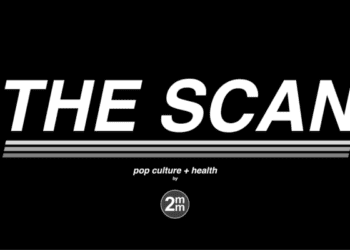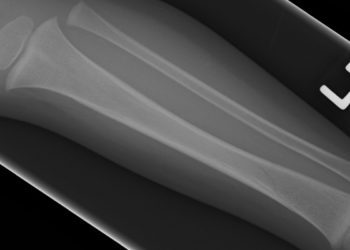Nonpowder gun-related pediatric eye injuries on the rise
1. Pediatric eye injuries related to nonpowder guns (BB, pellet guns, paintball, etc.) increased by over 150% during the study period, while the overall rate of eye injuries related to sports and recreation decreased slightly.
2. Three quarters of sports- and recreation-related eye injuries occurred in boys.
Evidence Rating Level: 2 (Good)
Study Rundown: Sports and recreational activities are a leading cause of pediatric eye injuries, despite being easily preventable with proper protective equipment. These injuries can cause substantial vision impairment, and are a common cause of monocular blindness. Researchers in this study used data from the National Electronic Injury Surveillance System (NEISS) during 1990 through 2012 to analyze trends in sports- and recreation-related pediatric eye injuries presenting to emergency departments (EDs). Results showed the mean age of patients presenting with eye injuries was 11 years, with the majority of injuries in boys. Corneal abrasions were the most common injuries, and few injuries required hospitalization. While the overall injury rate decreased slightly over the study period, rates of injuries related to nonpowder guns and swimming increased substantially. Injuries related to football, basketball, baseball, and softball stayed relatively constant. One limitation of this study is that it does not account for patients who were seen at urgent care or other clinics, therefore results likely underestimate the true number of eye injuries. Results from this study suggest the need for increased education and prevention strategies concerning nonpowder gun-related injuries.
Click to read the study, published today in Pediatrics
Relevant reading: National Electronic Injury Surveillance System (NEISS)
In-depth [retrospective cohort]: This study analyzed epidemiologic data collected in the NEISS to identify trends in pediatric sports- and recreation-related eye injuries. The study included 441 800 visits in children ≤17 years old (75.2% male, 42.9% aged 10 to 14 years) who were seen at a United States (US) ED between 1990 and 2012. The overall injury rate was 26.9 per 100 000 US children. While this overall injury rate decreased over the study period (slope = -0.25, p = 0.003), the injury rate for nonpowder guns and swimming increased by 169.6% and 142.3%, respectively (slope = 0.13, p <.001 and slope = -0.06, p = .001, respectively). Only 4.7% of all injuries required hospitalization, 48.5% of which were related to nonpowder guns. Children presenting with nonpowder gun-related eye injuries had a 21.7% chance of hospitalization while children with eye injuries from other activities had a 2.7% chance of hospitalization (RR 7.93, 95%CI 6.61 – 9.53). Corneal abrasions were the most common type of injuries overall (27.1%) followed by conjunctivitis (10.0%) and foreign bodies (8.5%).
Image: PD
©2018 2 Minute Medicine, Inc. All rights reserved. No works may be reproduced without expressed written consent from 2 Minute Medicine, Inc. Inquire about licensing here. No article should be construed as medical advice and is not intended as such by the authors or by 2 Minute Medicine, Inc.







